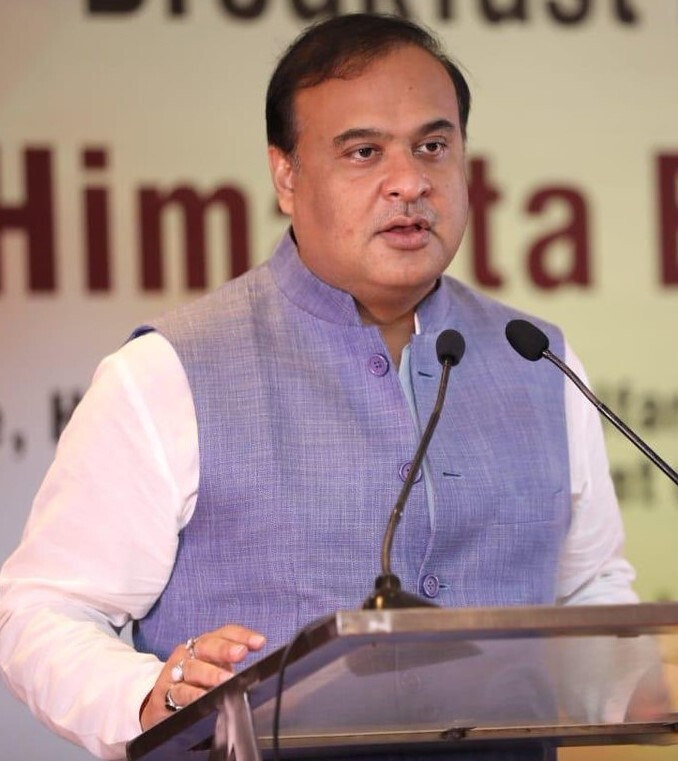One of the silver linings of the just concluded Assembly Elections 2021 is the return of the BJP led NDA Government to power in Assam with a convincing majority. This is not a political comment. But, it was important for the continuity of India’s “Act East”policy—New Delhi’s outreach to the east, with the 10-nation ASEAN, and some of the island territories in the Pacific, as the core. Alas, bipartisanship on national agenda has been a major casualty in the present polarised polity. So, without total alignment of wavelength between the central and state governments pursuit of such an ambitious geo-political project would be fraught with risks of disruption and derailment.
The concept of ‘Look East’, an earlier Avatar of the “Act East” policy is not new. The Ministry for Development of the North East Region (DONER) was set up in 2001, under the first NDA Government of Atal Bihari Vajpayee. But, in its twenty years of existence the momentum has been palpable only in the last few years. This was, perhaps, not due to a lack of will. But, for a take-off several factors have to fall in place. Political stability, governance, law and order are critical variables. Only if these elements are in a state of equilibrium can the benefits of development be harvested.
Without a doubt investment in infrastructure acts as the primary catalyst. Apart from local income generation during the construction, the improvement in connectivity has a multiplier effect providing two way market access. Above all it leads to mainstreaming of society exposing it to the heartland. But, in this day and age – it is not just road, rail and air connectivity that matters. Information and Digital highways are as, if not more, vital. This corrects information asymmetry and breaks artificial barriers to entry not just in trade and commerce but also in education and employment opportunities. Only then does true national integration take shape. Though early days yet – some green shoots are visible. But, I shall come to that later.
Opening up land routes and linking waterways, of course, forms the bedrock for unleashing regional synergies. But, in the absence of economic parity on all sides the balance may tilt in a different direction than originally envisaged. Therefore, to ensure that India’s interests are well protected the North East has to catch up on economic development as well as softer indicators such as education and healthcare to become the first among equals with its external neighbours.
In the past, the approach towards economic development in the North East had been through the means of tax incentives and subsidies. The former saw industries such as Personal Products, that attracted high Excise Duty or VAT being set up. These were asset light industries with low employment coefficient. Besides, these had little locational advantages either in terms of raw material sourcing or development of ancillaries. The freight subsidy was an artificial sop prone to misuse with a massive drain on the exchequer.
What is required, therefore, is a large-scale engagement with Niti Aayog to develop a blue-print for holistic economic development of the North East. This has to be far more meaningful than periodic seminars and go beyond the scope of DONER. The plan should encompass not only manufacturing industry but also the service sector – not limited to tourism but also including education and healthcare.
Also Read: PM flags off work for longest bridge over Brahmaputra to link Bhutan with Vietnam
Situated on the banks of the mighty Brahmaputra – IIT – Guwahati has gained stature in recent years. But, the Indian Institute of Management in Shillong is yet to hit the big league. However, given the picturesque geography other North Eastern states offer enviable settings for centres of learning. Abroad, Universities have been the focal point of development for many cities. A similar model can be developed in India too. This will, on the one hand, curtail migration but can also attract students from the mainland and adjoining countries. On the same lines, opportunity exists in Healthcare – in which the North East itself is deficient. State of the art hospitals can make it a medical tourism destination for Myanmar and North Bangladesh among others. The possibilities are infinite and the potential of the 7 sisters (as the states are known as) to flower into the 7 beautiful princesses of the East is enormous.
In conclusion, one X Factor remains. It is that of China playing sport by creating disturbance on the Arunachal front to thwart the progress of the region. This is a larger strategic issue to be tackled by the Indian Government. At the same time, one hopes that friction between the new AITMC Government West Bengal government and the BJP government at the centre will not come in the way of expanding bilateral cooperation with Bangladesh.
Finally, it is proven that, the most effective route to the heart is through food. The growing fondness for North-Eastern cuisine across the country show the twain of East and West can indeed meet. Equally, it is a heartening to find Lakadong Turmeric and Naga Bhut Jolokia sauces jostling for space on Supermarket shelves. These are small but promising lead indicators of East being in the right direction to go.
(The author is a political commentator, columnist and writer)




















